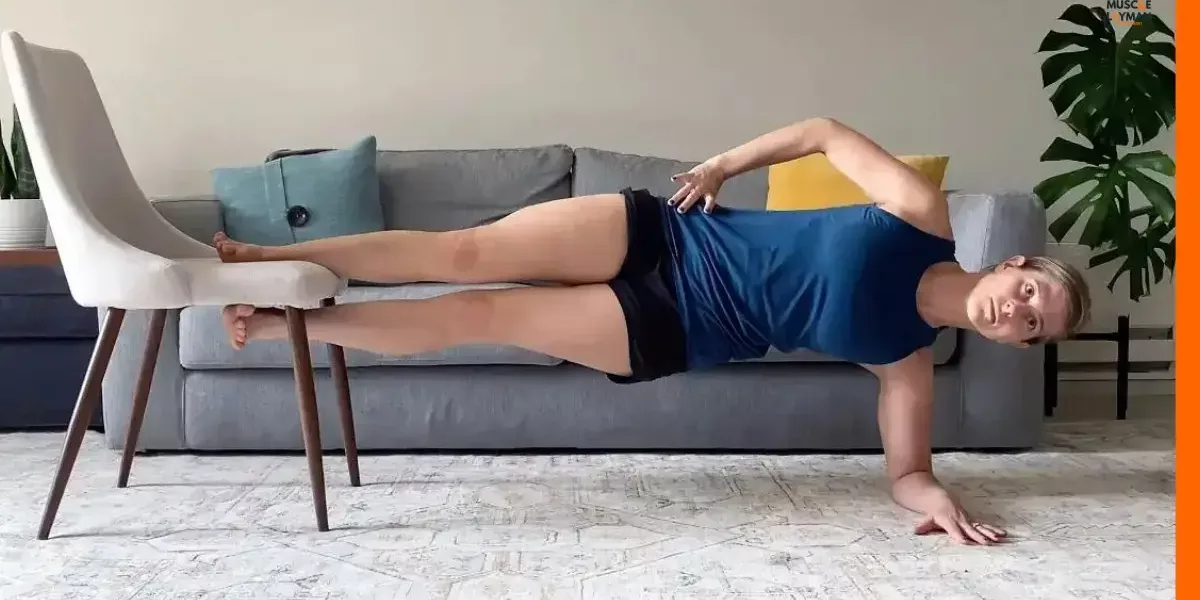Welcome back to the second part of the core carnival. In our first part, we debunked the myth that core training is only about six-pack abs, emphasizing its broader role in stability and functional strength.
We covered the types of core muscles (local and global muscles), and how they work together in daily activities. In this part, we’ll explore the stages of core training, highlighting key techniques and exercises for a robust core.
Stage I – Coactivation Exercises (Breathe and Brace):
This initial stage focuses on coactivation exercises like bracing and pelvic floor movements. Here, multiple muscle groups activate simultaneously, laying the foundation for stability.
Stage II – Isometric Training (Anti-Movements):
Explore anti-flexion, anti-extension, and anti-rotation movements, where muscles tense without changing length. Examples include planks, hip bridges, and side planks—which are crucial for enhancing stability and facilitating efficient force transfer.
- Anti-Flexion: Resist bending forward, crucial for heavy compound movements like squats and deadlifts. Example: superman hold, back extension hold

Fig: Superman hold
- Anti-Extension: Maintain a neutral spine, especially vital for overhead movements. Example: front plank, hollow body hold

Fig: Front Plank
- Anti-Lateral Flexion: Resist bending to the side, enhancing agility and preventing injury during direction changes in sports. Example: Side plank, suitcase carry

Fig: Side plank
- Anti-rotation: Avoiding the rotational movement. Example: a pall of hold, a pall of press

Fig: Pall of Press
Stage III – Dynamic Training:
This stage involves flexion, extension, and lateral flexion movements, where muscles shorten and lengthen. Exercises like crunches, curl-ups, and trunk rotations contribute to overall core strength.
- Flexion Exercises: Involve curling towards the knee, utilizing gravity as resistance. Examples: crunches, reverse crunches, leg raises, situps

Fig: Crunches
- Extension Exercises: Engage muscles against gravity to improve upper and lower body coordination. Examples: floor bridge, prone cobra, back extensions, reverse hyperextension

Fig: Prone Cobra
- Lateral Flexion Exercises: Enhance mobility with movements like dumbbell side bends. Example: Cable/dumbbell lateral bends, side bends on a hyperextension bench

Fig: Side bends on hyperextension bench
Stage IV – Resistance Training
It’s time to level up with RESISTANCE TRAINING using heavyweights and fast-paced exercises like clean and jerk, snatch, deadlift, and squat. But here’s the key: you’ve got to be stable under those heavy loads which means putting together all the lessons from earlier stages.
Take a deep breath, brace your core, and make sure you’ve mastered the isometric strength to avoid any unwanted bending or extending during the movements. It’s the ultimate phase, so buckle up for some serious core strengthening!

Summary
Core training is not just about doing only crunches and having a six-pack; it’s about making our bodies strong and stable for all kinds of activities. Core training includes breathing, bracing, isometric contractions, and lifting heavy things. By following these steps, we can have a powerful and stable core for a healthier and more active life.



1 Comment